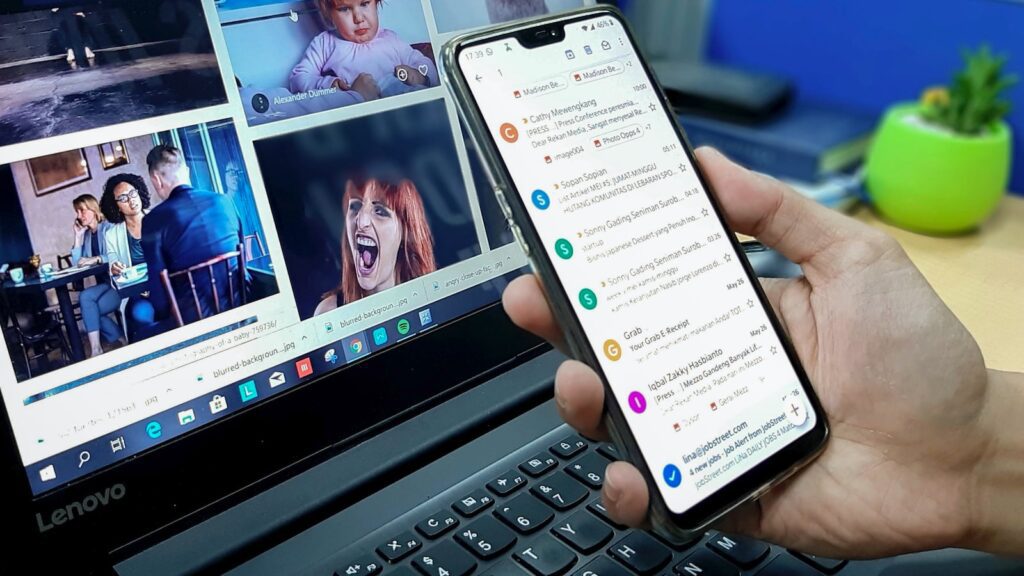The past two decades have seen Internet penetration and engagement skyrocket. As a result, targeted personalized advertising has become the largest revenue stream for data-driven tech companies like Google and Facebook. Within the mobile ecosystem, in-app advertising has become a key source of revenue for app developers, including game makers.
More mobile game publishers and developers than ever are relying on in-game ad revenues, particularly those active in more casual genres (especially hypercasual). For example, Outfit7 (publisher of My Talking Tom) generated six times more revenue from ads than from game publishing in 2019.
Apple’s recent iOS 14 announcement is poised to completely change how advertising on mobile works. The update will see Apple revoking its identifier for advertisers (IDFA),
making it practically impossible for businesses to track end-user behaviour on iOS device (both via web browsers and in apps).
Without contextual insights from this tracking data, it will be challenging for publishers and developers to deliver targeted ads that fit users’ preferences. As a result, companies may face higher user acquisition costs and returns on investment may be far lower.
At Apple’s WWDC event, it was announced that iOS 14 would behave in the same way as iOS 11 and iOS 12. Apple announced a new rule requiring apps on Apple devices to obtain explicit user consent before using the device ID to track and associate. This requires apps to ask users for permission before tracking them with an advertiser’s app identifier, known as IDFA.
The outcome for publishers and advertisers?
There are grave predictions about disruptive consequences for publishers. Ads are the main source of income for most publishers, particularly when it comes to smaller publishers. Adobe and PageFair report says ad blockers would cost publishers about $22 billion in revenue loss this year.
This real threat of ad revenue losses forces publishers to think about other ways of making money:
- Less free content. It is possible that a big part of publishers, who currently offer free content in exchange for displaying ads, will turn to paywalls. Publishers could also switch from the web into their own mobile apps, where ads will not be blocked or transferred to social media apps such as Facebook.
- The growth of native ads. The mobile ecosystem will start a shift from script-based ads to so-called “native ads” that will avoid the blocking system.
Moreover, Apple said it would allow users to disclose their approximate location with apps rather than their precise location. This means apps will not be able to identify exactly where you are. Last year, Apple enabled users to give over their location once so that apps won’t track users as they go.
Conclusion:
Make sure you are prepared for iOS 14 and the new privacy regulations by Apple because the iOS 14 ad blocking will change the future of mobile advertising. While the industry comes together to discover a solution that defends user privacy, others look for a sustainable future for advertisers and developers.
credits: scaleo
———————————————————-
About Goama
Is a casual engagement solution that turns any digital platform into a gaming powerhouse to boost engagement, reduce the cost of acquisition and increase brand awareness.
Driven by a rock n’ roll team of more than 100 years of combined experience in digital space and gaming, spanning across 10 countries, we are dedicated to delivering fresh games on our competitive platform every week. Our key partners in over 17 countries are driving in excess of 2 million minutes of game time per week.









